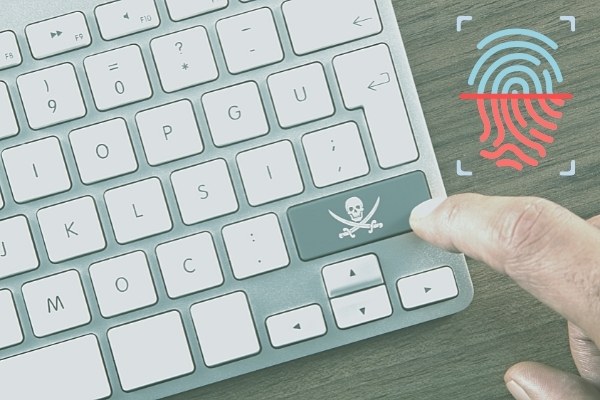In today’s digital age, the use of digital evidence has become increasingly prevalent in legal proceedings. As a powerful tool in content protection and authentication, forensic watermarking plays a crucial role in ensuring the integrity and admissibility of digital evidence. In this article, we will explore the significance of forensic watermarking in legal proceedings and its impact on the use of digital evidence.
1. Authenticity and Integrity of Digital Evidence
Forensic watermarking provides a means to establish the authenticity and integrity of digital evidence presented in legal proceedings. Watermarks embedded within digital files act as unique identifiers, indicating the origin and ownership of the content. These watermarks serve as a tamper-evident feature, making it difficult for the evidence to be altered or manipulated without detection.
By verifying the presence and integrity of forensic watermarks, courts and legal authorities can have confidence in the authenticity and reliability of the DRM. This ensures that the evidence presented accurately represents the original content and has not been tampered with, enhancing the trustworthiness of the legal process.
2. Admissibility in Court
Forensic watermarking plays a crucial role in determining the admissibility of digital evidence in court. Courts require evidence to meet certain criteria, including relevance, reliability, and authenticity. The presence of forensic watermarks strengthens the argument for admissibility by providing a verifiable link between the evidence and its origin.
The embedded watermarks serve as a traceable connection, establishing the chain of custody and ensuring that the evidence has not been tampered with during its acquisition or storage. This enhances the admissibility of digital evidence and its acceptance as reliable and trustworthy information in legal proceedings.
3. Proof of Ownership and Intellectual Property Rights
Forensic watermarking is particularly relevant in cases involving intellectual property rights, such as copyright infringement or theft of trade secrets. Watermarks can contain information related to ownership, copyright notices, or other identifying markers. This allows rights holders to establish their ownership and prove their intellectual property rights.
In legal proceedings, forensic watermarks serve as evidence of ownership, enabling rights holders to demonstrate their legal claims and seek appropriate remedies for infringement. The presence of watermarks strengthens the argument for the protection of intellectual property and helps safeguard the rights of content creators and innovators.
4. Traceability and Attribution
Forensic watermarking facilitates traceability and attribution of digital evidence to its source. Watermarks can contain information such as the date, time, and location of creation or distribution. This metadata assists in establishing the origin of the evidence and identifying the individuals or entities involved.
By tracing the source of the digital evidence, forensic watermarking helps establish accountability and supports investigations. This is particularly valuable in cases involving cybercrimes, data breaches, or unauthorized disclosures, where identifying the responsible parties is crucial for legal action and remediation.
5. Collaboration and Expert Testimony
Forensic watermarking encourages collaboration among content creators, rights holders, forensic experts, and legal professionals. Watermarked evidence can be analyzed and interpreted by experts who can provide testimony regarding the presence, significance, and reliability of the embedded watermarks.
Collaboration between experts and legal professionals strengthens the interpretation and understanding of the forensic watermarks in the context of the case. Expert testimony regarding the nature and implications of the watermarks adds credibility to the evidence and supports the arguments presented in court.
Conclusion
Forensic watermarking plays a vital role in ensuring the authenticity, integrity, and admissibility of digital evidence in legal proceedings. By establishing the origin, ownership, and chain of custody of digital content, forensic watermarks enhance the trustworthiness of evidence and support the protection of intellectual property rights.
As the use of digital evidence continues to grow, the incorporation of forensic watermarking technologies becomes increasingly important in maintaining the integrity of legal proceedings and upholding the principles of justice in the digital age.


